Chlorhexidine is an antibacterial, antifungal and antiviral agent. This drug is in every home medicine cabinet. Due to its effective antibacterial properties, it has become widely used not only in everyday life, but also in gardening and vegetable gardening. Let's take a closer look at the unconventional ways of using the drug and tell you how effective they are.
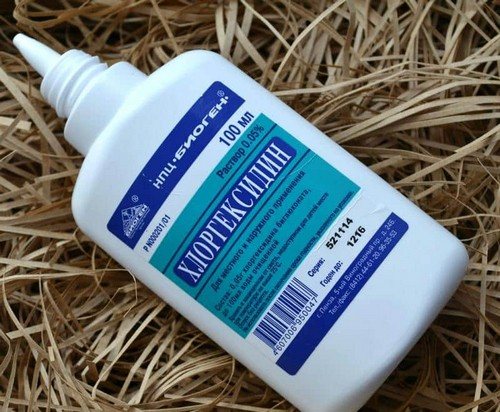
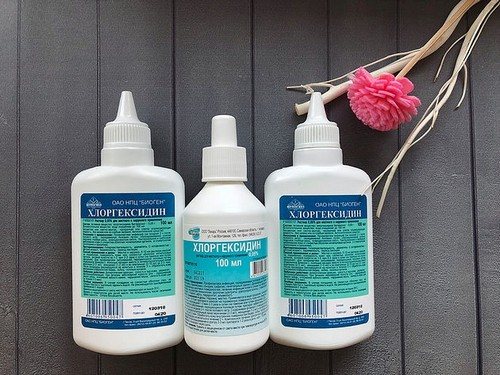
Seed treatment before planting
To get a good harvest, seeds must be treated before planting. The treatment consists of several procedures, one of which is the obligatory soaking of seeds. It provides good germination, plant resistance to pests and diseases, and improves immunity. There is a large selection of industrial seed soaking products on the market. But not all of them are as effective as manufacturers promise. Therefore, gardeners often turn to their favorite products.
Biologists conducted an experiment involving the most popular folk soaking products. As a result, the top three were identified:
- Chlorhexidine.
- Aloe solution.
- Garlic solution.
After soaking in chlorhexidine, seed germination was 99%. Subsequent observations of the shoots showed that the seedlings differed from those whose seeds were soaked in other solutions. They were noticeably ahead of them in development, looked stronger and healthier.
To soak seeds in a chlorhexidine solution, you need to moisten a gauze swab with the preparation, wrap the seeds in it and leave for 30 minutes.
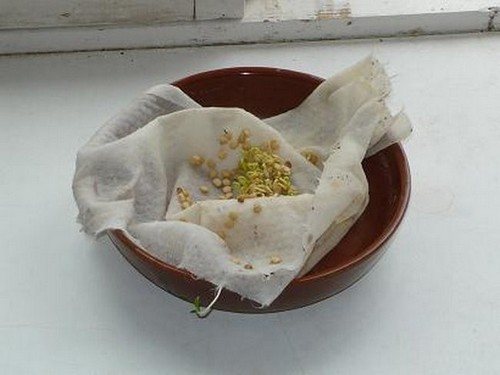
Treatment of bulbs before planting
Each gardener decides for himself what method and preparation he will use to process the planting material. But you shouldn’t completely ignore processing. Biologists confirm that the bulbs will be healthier and will give a good harvest and decorative value if they are processed. Two types of drugs are used:
- industrial products;
- medical antiseptics.
The future harvest depends on the correct choice of the drug, so it is important to choose the most optimal one.
Let's talk about a biologist's experience with chlorhexidine
In the experiment, a pharmaceutical drug with a concentration of 0.05% was used. Additionally, it was not diluted with anything. The efficiency of use was 100%. But there is also a side effect. Chlorhexidine destroys any microflora, both harmful and beneficial. But other drugs are endowed with the same property. Therefore, chlorhexidine remains the most suitable means for soaking bulbs before planting.
Mode of application
Fill the bulbs halfway with the preparation, shake for uniform distribution, and leave for 1 to 5 days. After this, dry for 24 hours. Can be stored for several weeks before planting.
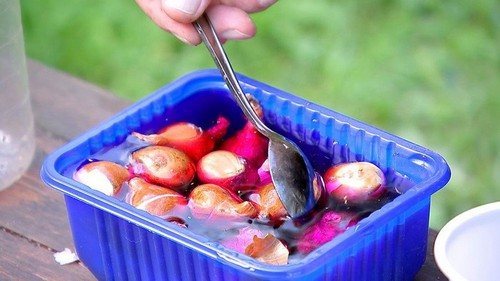
Spraying or wiping leaves against infection and fungus
Many gardeners are faced with the problem of bacterial infections in their garden. Plant leaves are primarily affected. They begin to curl, darken, and become stained. And here the drug chlorhexidine, already familiar to us, will come to the rescue.
Thanks to its antibacterial and antifungal properties, it can easily cope with plant diseases. Before treatment, you need to get rid of all infected leaves, and wipe the remaining healthy ones with the solution. If the treatment area is large, you can completely spray the plants, touching the ground around them. You can repeat the procedure until the plants are completely cured. Use this method for prevention.
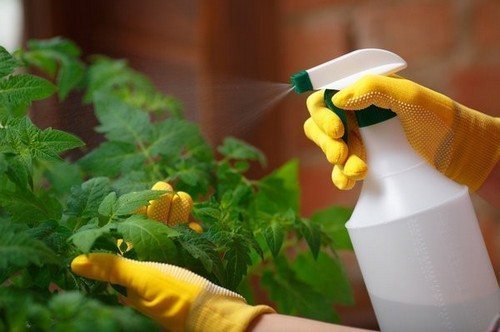
Disinfection of the garden and vegetable garden
During periods of high humidity, in autumn and spring, the growth of pathogenic bacteria, fungi and garden pests increases. Therefore, it is necessary to treat the soil and trees. And here a solution of chlorhexidine will come to the rescue. It will disinfect the soil and cure infected trees. To treat your garden and vegetable garden, prepare a 0.01% solution, spray all the trees and shrubs with it and water the soil.
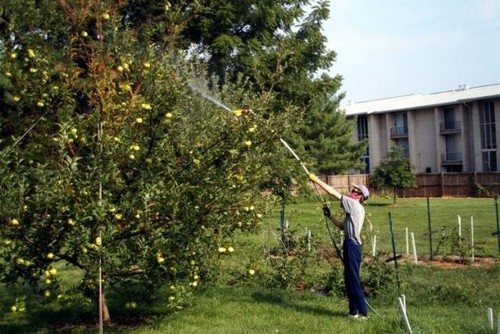
Inventory processing
Fungi, bacteria and viruses, settle not only in the soil and on seeds, but also settle on gardening tools. It is not enough to simply wash all equipment with water periodically. Bacteria are not afraid of water. For disinfection, it is good to use a chlorhexidine solution. It is enough to dilute a 0.01% solution in a container and wipe all garden tools with it. Don't forget about the walls of the greenhouse. They may also retain bacteria from the previous harvest. If you regularly carry out such disinfection, then diseases will not settle in your area.
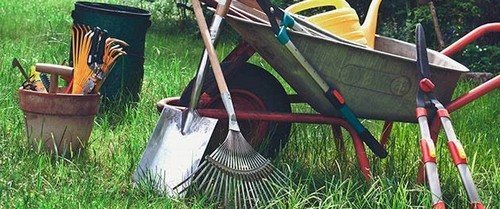


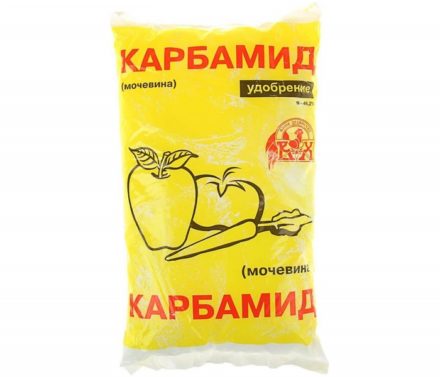
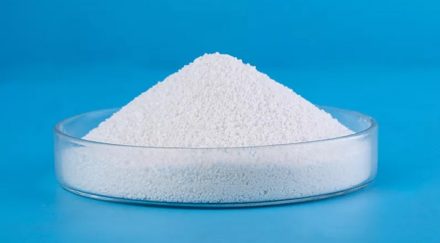
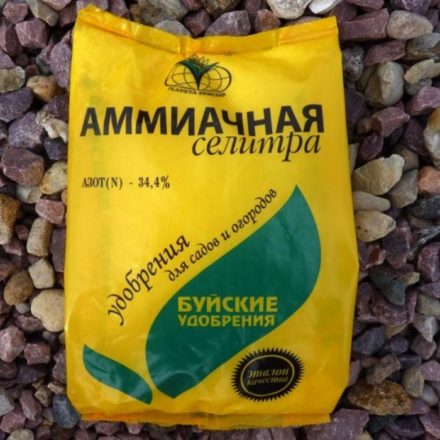
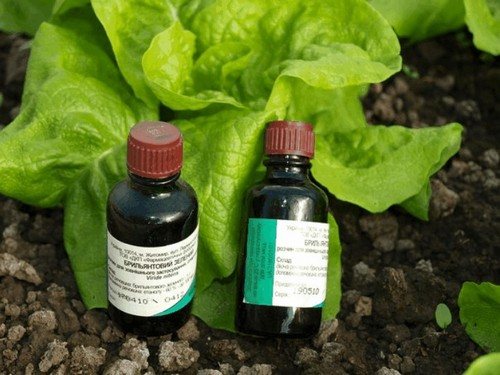
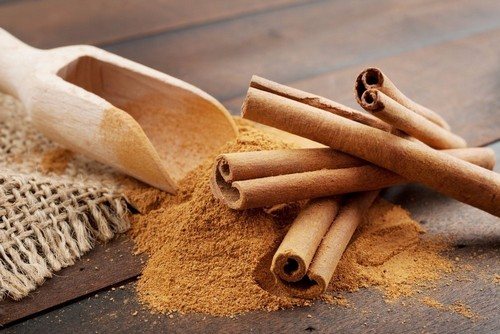
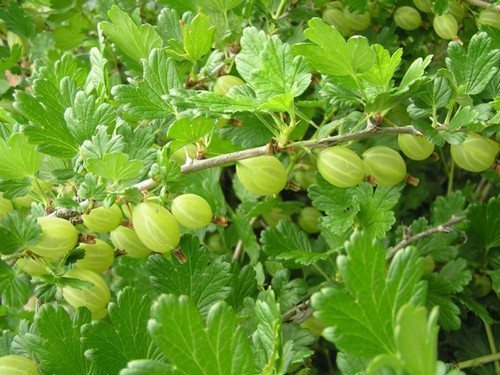
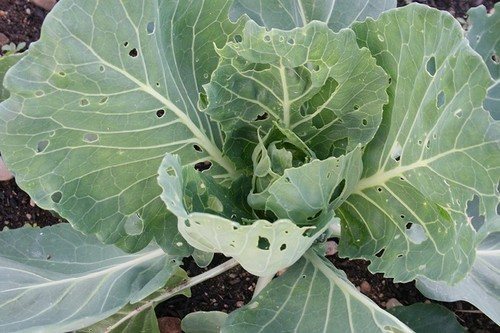
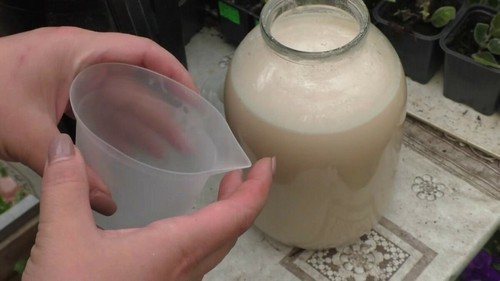
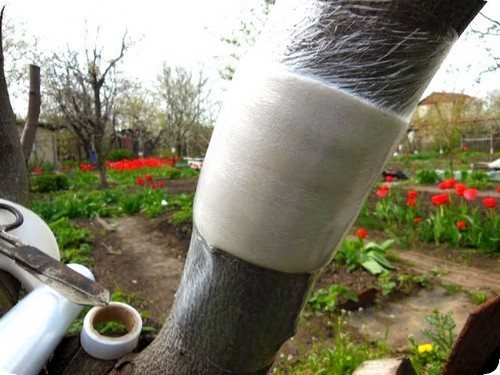
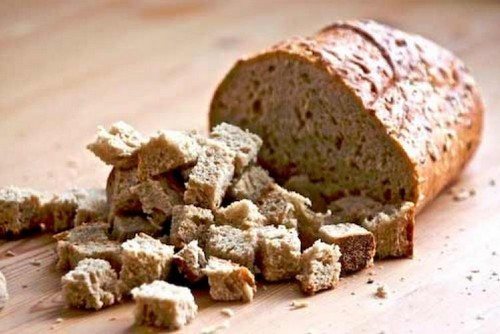
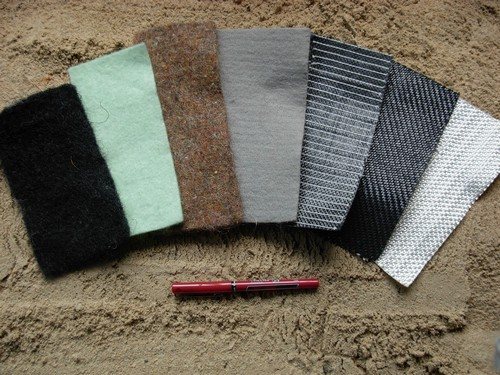
Thanks for the useful information
Thank you, I believe and will try. I will remember the school course on how much to weigh in grams per liter.
Pharmaceutical preparation of chlorhexidine alcohol 0.5%. And the recommendation says 0.05%. and do not dilute. If you give recommendations, then you need to write more accurately and carefully. We are taking this into our “arms” and want to apply it at the dacha. Suddenly this is a panacea! It is not clear what concentration is needed. There is also an aqueous chlorhexidine preparation.
Anonymous wrote: “And the recommendation says 0.05%. and do not dilute..."
What's wrong here? Pharmacies have solutions of 0.05% and 0.5%. Depending on the required concentration, dilute it or not. Learn materiel, felt boots...
0.5% no, this is a very high concentration
Even a 1% solution in treatment is a normal dose, scientific articles talk about this, plus chlorhexidine creates a protective film. The only thing I haven’t tried is to process blueberries with it, it’s kind of scary...
Svetofor sells a 0.05% aqueous solution.
There are 0.05% and 0.1%